The mesmerizing play of light known as the cat's eye effect has long captivated gem enthusiasts and scientists alike. Among the minerals that exhibit this phenomenon, apatite stands out as a particularly intriguing specimen. Unlike the more commonly discussed chrysoberyl cat's eye, apatite's version of this optical illusion carries its own unique charm and scientific backstory. The effect, characterized by a bright, narrow band of light that moves across the surface of the stone, occurs in certain varieties of apatite and has sparked numerous studies into its formation and characteristics.
Apatite, a phosphate mineral found in igneous, metamorphic, and sedimentary rocks, comes in a spectrum of colors, from deep blues to vibrant greens. While it is primarily known for its use in fertilizers due to its high phosphorus content, gem-quality apatite has carved out a niche in the world of jewelry. The cat's eye effect in apatite is relatively rare, making specimens that display it highly sought after by collectors. The phenomenon is not merely a surface-level curiosity but is deeply rooted in the mineral's internal structure and the way it interacts with light.
The cat's eye effect, scientifically referred to as chatoyancy, arises from the reflection of light off parallel inclusions or structural features within the stone. In the case of apatite, these inclusions are typically needle-like rutile crystals or hollow tubes that run parallel to one another. When light enters the stone, it is scattered by these inclusions, creating the distinctive luminous band that appears to glide across the surface as the stone is rotated. The sharpness and intensity of the effect depend on the density, alignment, and size of the inclusions, as well as the quality of the cut. A well-polished cabochon—a dome-shaped, unfaceted cut—enhances the visibility of the cat's eye by allowing light to reflect uniformly.
Geologically, the formation of apatite with chatoyant properties is a tale of slow crystallization under specific conditions. The mineral typically forms in pegmatites, where the slow cooling of magma allows for the development of large, well-formed crystals. During this process, the incorporation of rutile or other fibrous minerals occurs, aligning themselves along the crystal's growth axis. Over millions of years, these inclusions become an integral part of the apatite's structure, setting the stage for the cat's eye effect to manifest once the stone is cut and polished. The rarity of this phenomenon in apatite is a testament to the precise conditions required for its formation.
Beyond its aesthetic appeal, the study of chatoyant apatite provides valuable insights into the mineral's growth history and the geological environment in which it formed. Researchers have used advanced imaging techniques, such as scanning electron microscopy, to examine the internal structure of these stones, revealing intricate details about the inclusions responsible for the effect. These findings not only deepen our understanding of apatite but also contribute to broader discussions about mineral formation and the optical properties of gemstones.
For gemologists and collectors, identifying genuine chatoyant apatite requires a keen eye. While synthetic imitations exist, natural specimens possess subtle imperfections and variations in the cat's eye band that are difficult to replicate artificially. The effect is most pronounced under direct light, and the stone's body color can influence the perceived intensity of the phenomenon. Blue and green apatites, for instance, often exhibit a more vivid cat's eye compared to their yellow or brown counterparts. The interplay between color and chatoyancy adds another layer of complexity to the appreciation of these stones.
The allure of apatite's cat's eye effect extends beyond its visual appeal. It serves as a reminder of the intricate and often unpredictable processes that shape the natural world. Each specimen tells a story of geological forces, chemical interactions, and the passage of time, all culminating in a fleeting band of light that dances across its surface. As research continues to uncover the secrets behind this phenomenon, apatite remains a fascinating subject for both scientists and gem enthusiasts, bridging the gap between mineralogy and artistry.
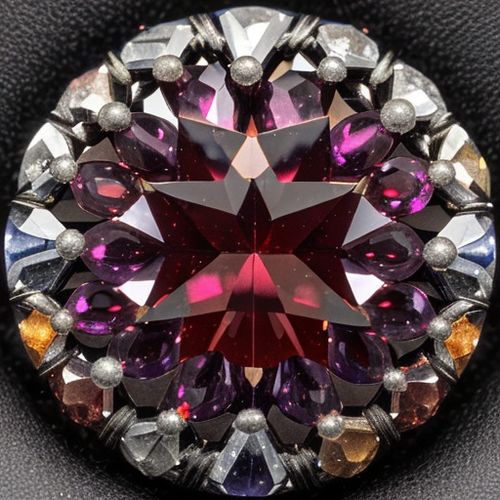
By Grace Cox/Apr 27, 2025

By Christopher Harris/Apr 27, 2025
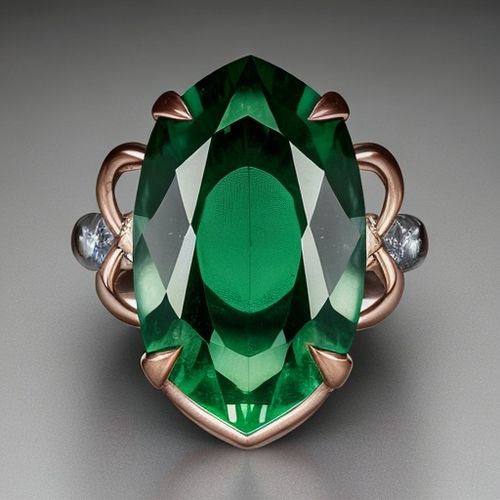
By Thomas Roberts/Apr 27, 2025
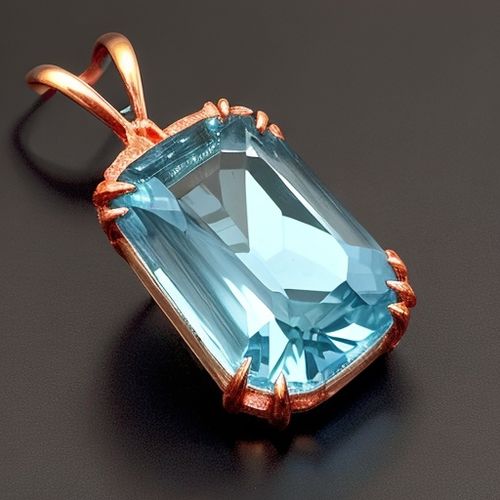
By Joshua Howard/Apr 27, 2025
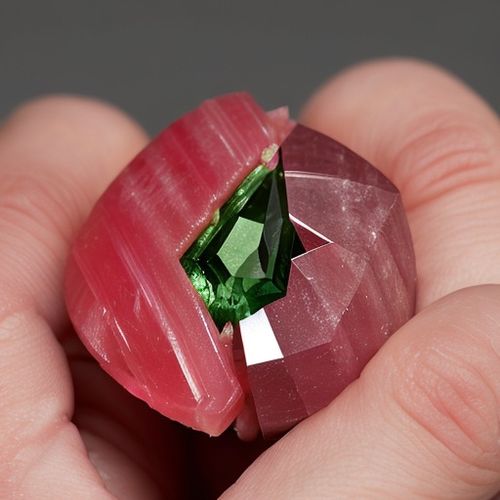
By George Bailey/Apr 27, 2025
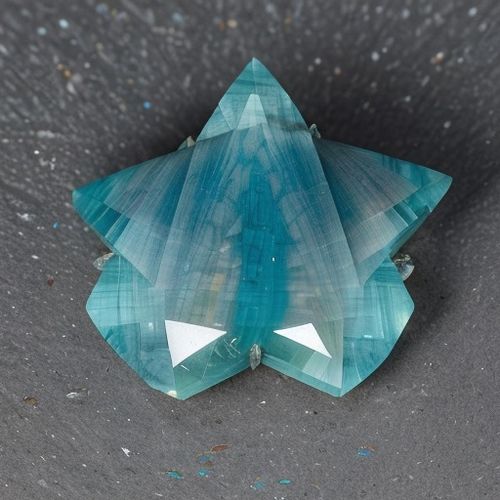
By Amanda Phillips/Apr 27, 2025
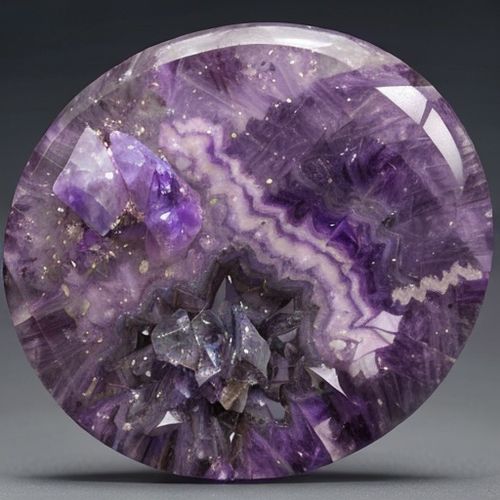
By Emily Johnson/Apr 27, 2025
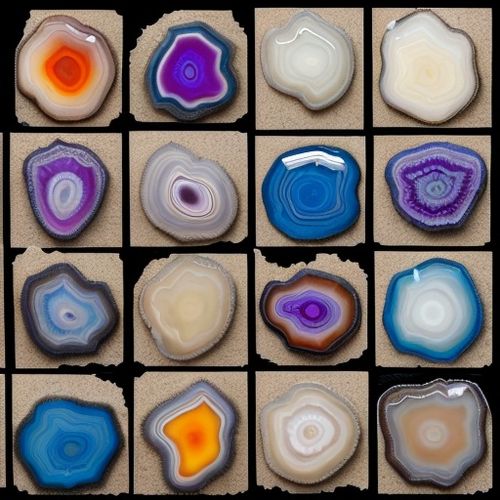
By Samuel Cooper/Apr 27, 2025
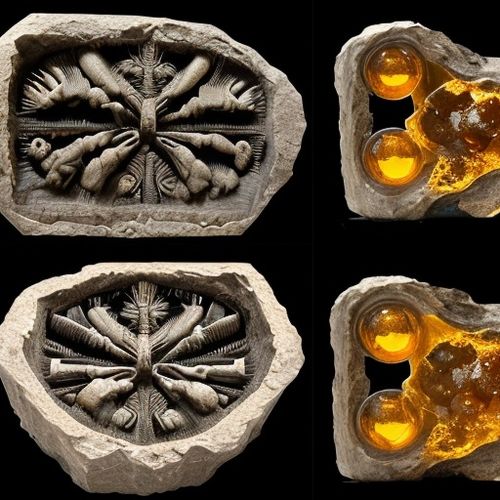
By Emma Thompson/Apr 27, 2025
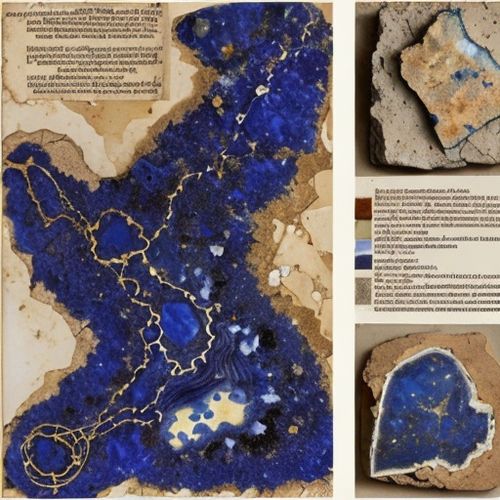
By George Bailey/Apr 27, 2025
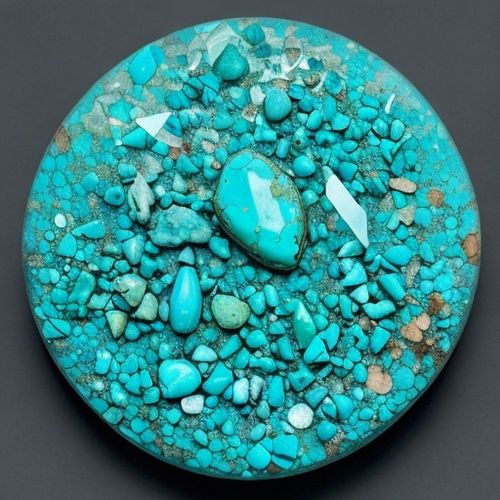
By Eric Ward/Apr 27, 2025

By Noah Bell/Apr 27, 2025
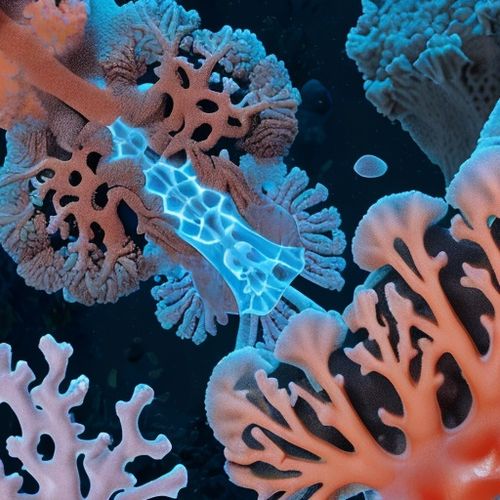
By Samuel Cooper/Apr 27, 2025
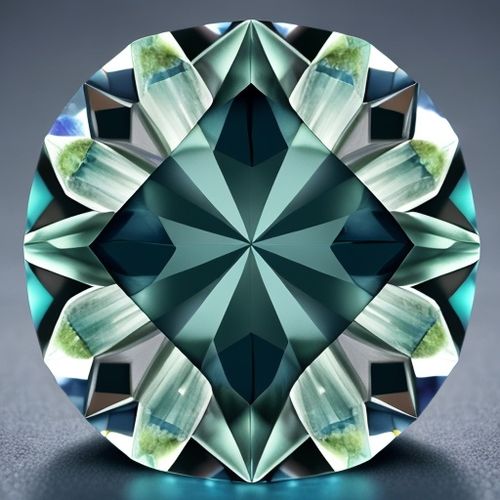
By Eric Ward/Apr 27, 2025
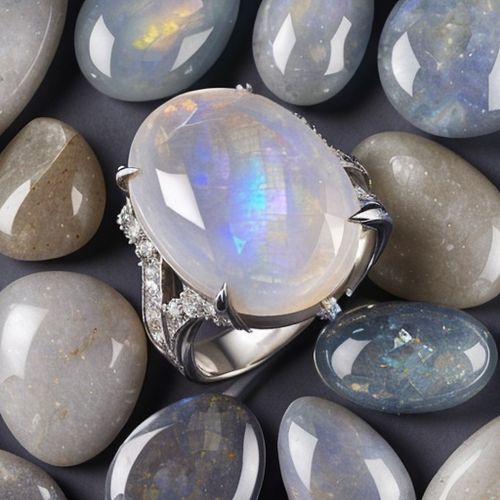
By George Bailey/Apr 27, 2025
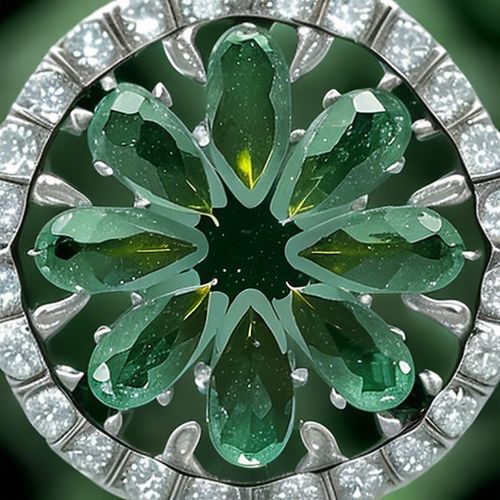
By Eric Ward/Apr 27, 2025
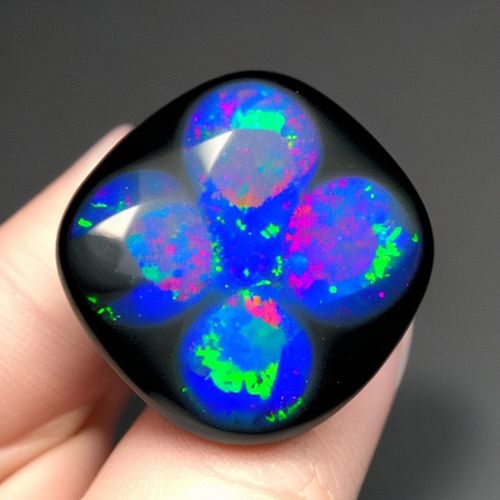
By David Anderson/Apr 27, 2025
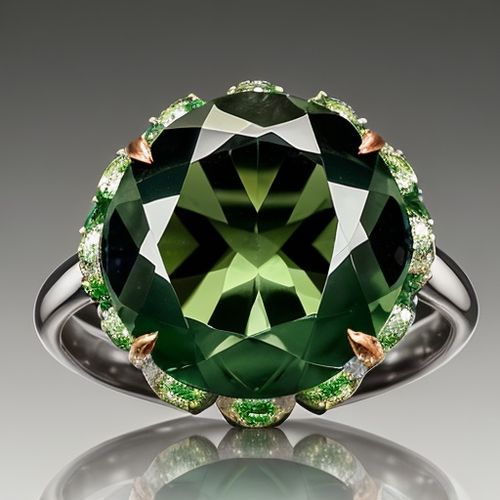
By Lily Simpson/Apr 27, 2025
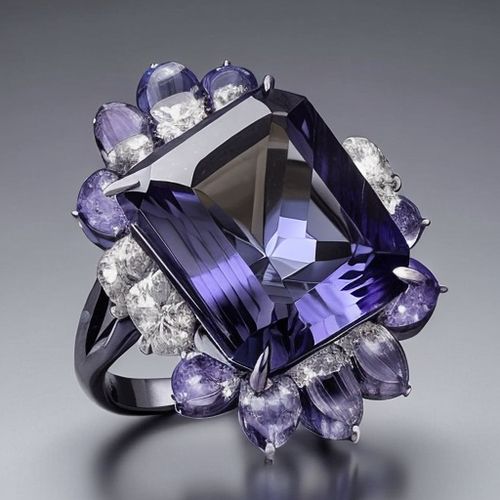
By Natalie Campbell/Apr 27, 2025

By William Miller/Apr 27, 2025